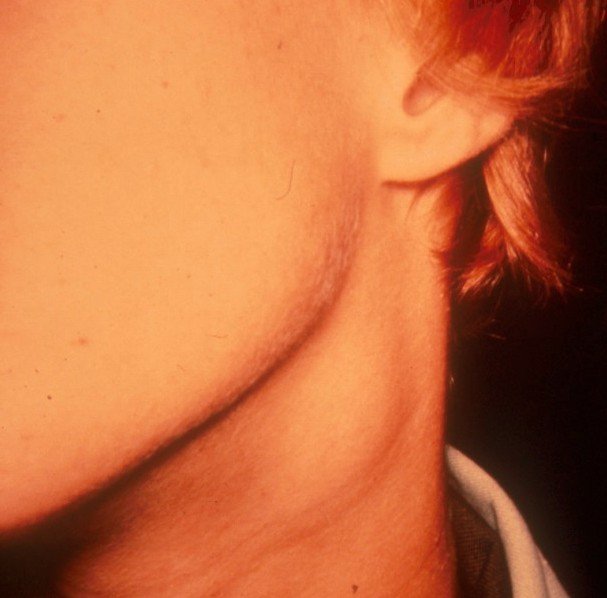Branchial Cleft Cyst
What is a Branchial cleft cyst?
This is a birth defect that appears as a lump below your collarbone on the sides of your neck. It is also known as a cleft sinus, which are open spaces on both or just one side of your neck. It forms during the development of the embryo. There are two types of branchial cleft cysts which are:
- Primary – this type appears in front of the visible portion of the external ear and is not painful to the touch.
- Secondary – this type appears on the anterior muscle of the muscle in your neck that go from the collarbones and breastbone to the side of your skull just behind the ear. This type can be painful especially when it is infected.
Symptoms
In many cases there are no symptoms and will just appear as a pit, skin tag, or small lump. If it is a pit the fluid from your sinuses may drain from it. Sometimes the cyst can become tender to the touch. Other times it could become enlarged and inflamed. It could even become abscessed if you are suffering from an upper respiratory infection. If you have a large lump you could have difficulty in breathing and swallowing and may be a little hoarse.
Causes
Branchial cleft cyst develops when the tissues in the collarbone area and the neck fail to normally develop. It can also form from the fluid that is drained from your sinuses. When the cyst forms there is usually a lesion that is formed that is similar to the slits that are found in fish gills. Even though the cysts form during the embryonic stage it may not be noticeable until the child reaches early adulthood.
Treatment
If the sinuses or cyst becomes infected the physician will prescribe antibiotics to clear up the infection. If there are no symptoms of branchial cleft cyst the otolaryngologist will keep you under observation for ten to twelve days so they can collect sufficient data about the mass in your neck. If surgery is not sufficient then they may use another form of treatment called sclerotherapy. It is a treatment that is commonly used to treat varicose veins. When it is used for a branchial cleft cyst they will drain the fluid from the cyst and then they inject medication called a sclerosing agent. Using this procedure, according to research done, in nearly half of the cases the cyst will completely disappear.
Surgery
If you require surgery it is done to prevent any complications that the branchial cleft cyst might cause. It will also be removed surgically if you have repeat infections. In order to have the surgery the infection must be cleared up first. Also, surgery is not recommended for children under the age of three months.
Pictures
Photos, Images and Pictures of branchial cleft cyst…




